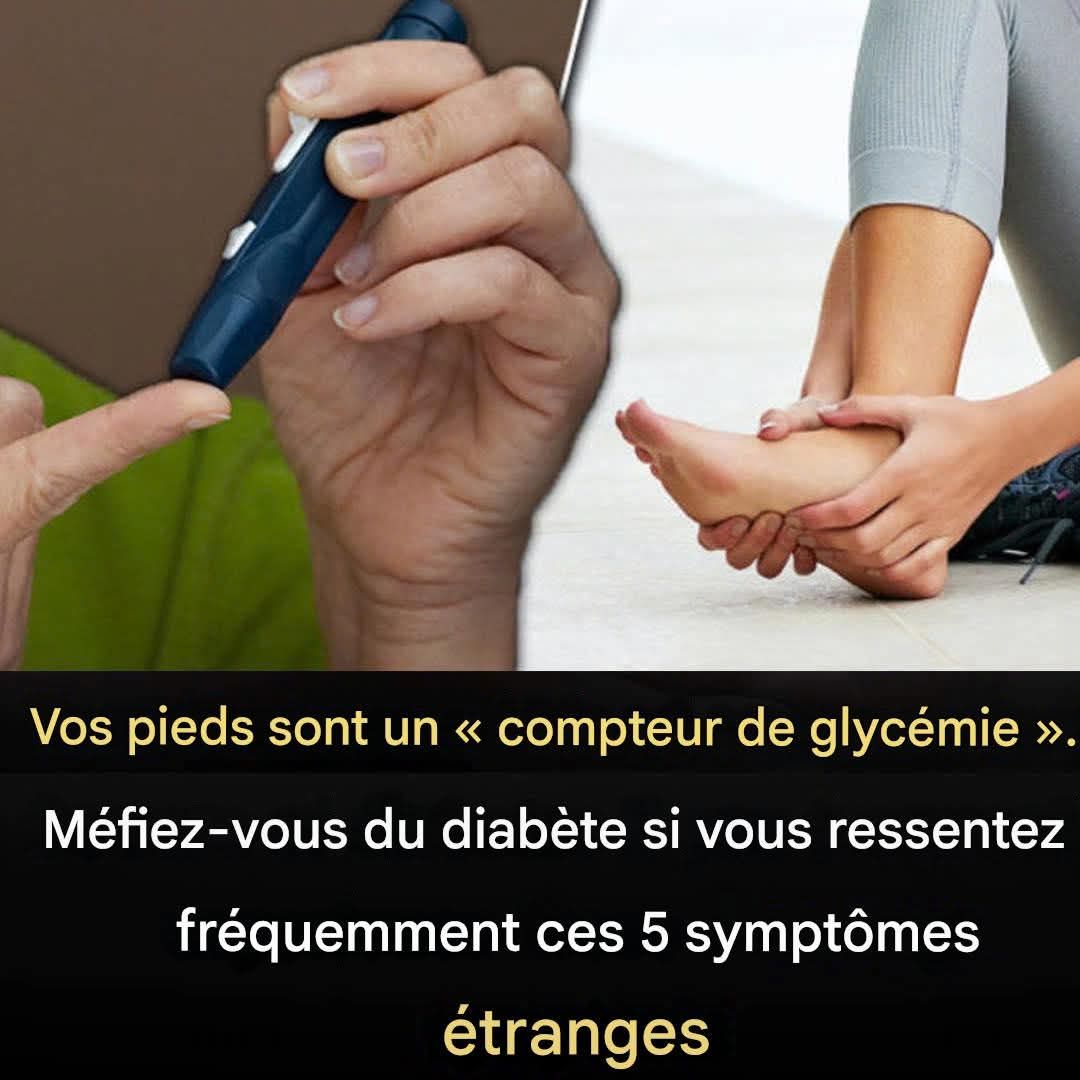Some people with diabetes experience burning, stabbing, or electric-shock-like pain in their feet.
🛑 Why Does This Happen?
Nerve damage (neuropathy) can cause feet to feel burning hot, even when they are cool to the touch.
Some diabetics also experience sharp, sudden pain that worsens at night.
⚠️ What You Should Do:
If you feel unexplained pain or burning in your feet, it may be a sign of nerve damage due to diabetes. Seek medical advice to prevent worsening symptoms.
3. Slow-Healing Sores or Wounds on Feet
If you notice that cuts, blisters, or sores on your feet take too long to heal, this could be a major red flag for diabetes.
🛑 Why Does This Happen?
High blood sugar levels weaken the immune system, making it harder for wounds to heal.
Poor circulation in diabetics reduces blood flow to the feet, leading to non-healing wounds or infections.
⚠️ What You Should Do:
Check your feet daily for cuts, blisters, or wounds, and if they take too long to heal, see a doctor immediately. Untreated foot wounds in diabetics can lead to severe infections and even amputation!
4. Dry, Cracked Skin on Feet
Having persistently dry, cracked, or peeling skin on your feet may be a sign of diabetes-related circulation issues.
🛑 Why Does This Happen?
Diabetes affects the nerves that control sweat production, leading to excessive dryness.
Cracked skin can lead to infections, as bacteria and fungi can easily enter.
⚠️ What You Should Do:
Keep your feet moisturized, but avoid applying lotion between toes (as it can lead to fungal infections). If cracks become deep or painful, seek medical help.
ADVERTISEMENT

